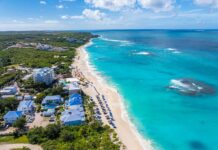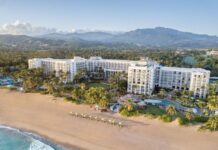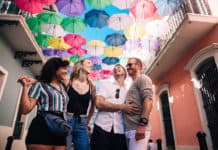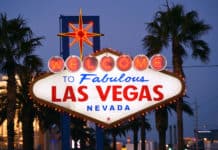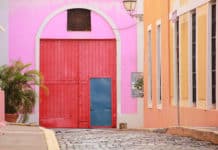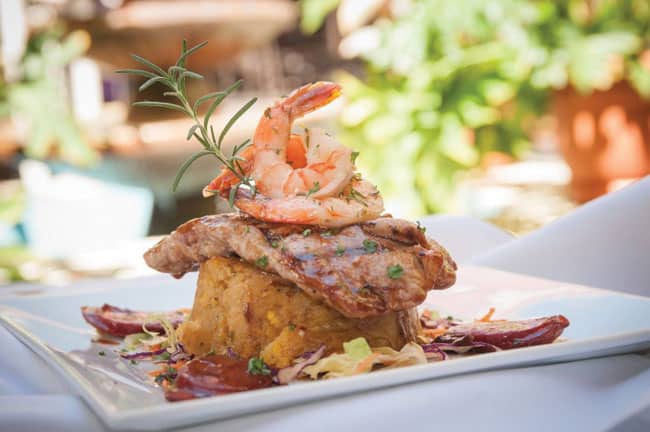
On the northern coast of Puerto Rico in San Juan, the island’s capital and largest city, the Caribbean sun and debate over the true origin of the piña colada are equally hot. Some, like Milton Segarra, president/CEO of Meet Puerto Rico, say it was Ramon “Monchito” Marrero who invented the sweet and creamy pineapple cocktail in 1954 while working as a bartender at the Caribe Hilton. A plaque hanging just outside Barrachina restaurant in Old San Juan points to Ramon Portas Mingot, who in a rare moment of synchronicity, bumped elbows with Chef Pepe Barrachina in 1960s Buenos Aires, purportedly inventing the cocktail at Barrachina’s place that same decade. Regardless of where you find yourself in the debate, the point, Segarra says, is that “a culture is best understood through its food.”
During a recent press trip to Puerto Rico, my group experienced this idea firsthand (including Barrachina’s piña colada, which certainly lived up to its hype).
Where Food and Culture Meet
As a city once completely walled during the Spanish Empire, San Juan’s story could easily be told through food. It all begins with “cocina criolla,” a melting pot of local cooking styles passed from generation to generation. “The Arawak and Taino Indians started the tradition of cooking with corn, root vegetables and seafood,” Segarra explains. “The Spanish integrated garbanzo beans, rice, cilantro and garlic, while the African slaves brought with them pigeon peas, yautia (malanga) and plantains—all of which have become staples of Puerto Rican fare.”
Just a few bites into mofongo, a popular “must-try” Afro-Puerto Rican dish, fuses these cultures together in a meaningful way. Shrimp, chicken, beef (or all three) cap an Egyptian-sized mound of mashed fried green plantains, garlic and spices. After a day of trekking through Old San Juan, my group tacks on coconut breaded grouper fritters and fried plantain canoes stuffed with skirt steak.
Guided religious and architectural tours with a culinary edge further unlock San Juan’s culture. We’re told the first shots of WWI and WWII came from 17th century El Morro and Castillo San Cristobal fortifications, both World Heritage Sites that now regularly host special events. Victor Vazquez, Ralph de Romero and other Puerto Rican artists add depth to the Museo de Arte de Puerto Rico’s (MAPR) event spaces, available to groups of up to 2,000. A flurry of millennial farm-to-table startups and farmers markets—one located within the Museum of San Juan—merge seamlessly into this setting. To this, Segarra says, “We have a deep culture that is intertwined with gastronomy. That is why our island has grown into the gastronomic capital of the Caribbean.”
San Juan’s restaurants continue this theme. Many offer salsa or bomba dance classes along with new twists on cocina criolla. We noted that everything leaving the kitchen at Oceano, an ocean-facing contemporary restaurant/event space in the Condado region, had a sense of the unexpected attached by Executive Chef Eric Gonzales—from scallops with sweet potato puree and oven baked prosciutto di parma to yucca-crusted calamari. Still, for a truly authentic experience, Segarra recommends visiting “chinchorreos.” “These are very rustic and local hangout spots where the drinks and food are strong and cheap. Chinchorreo is a great way to enjoy a daytrip around the Island, eating great food and having a blast!”




